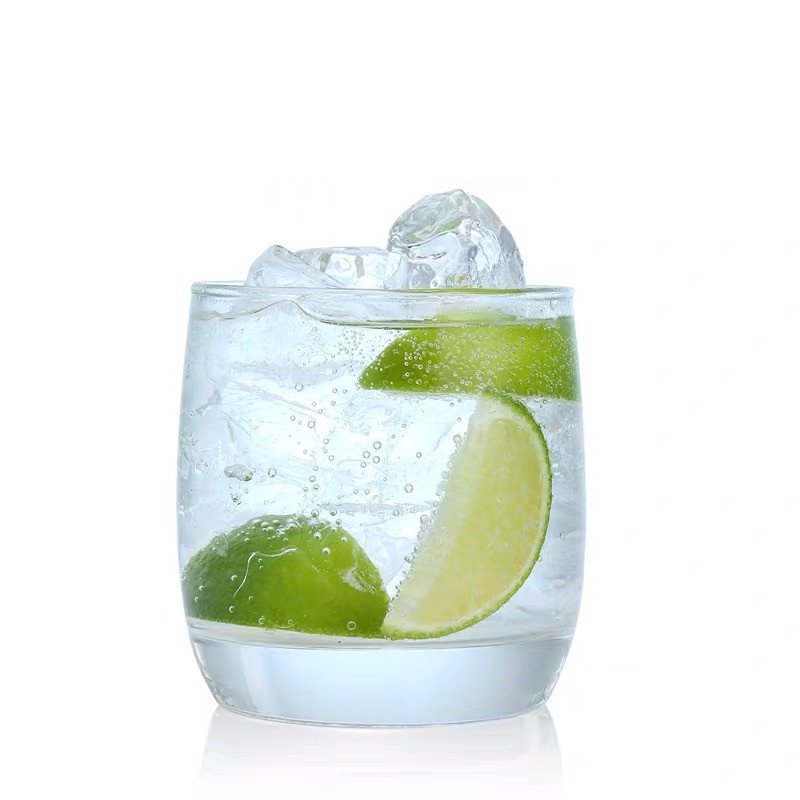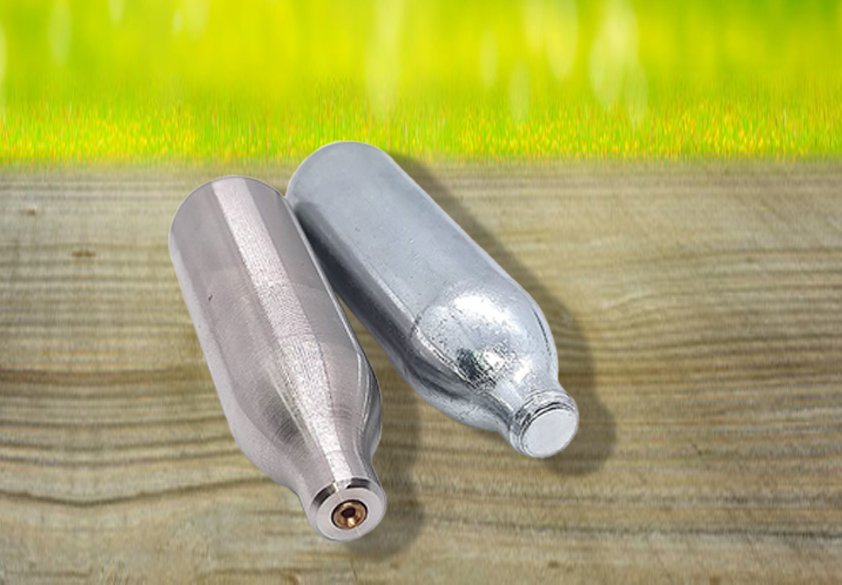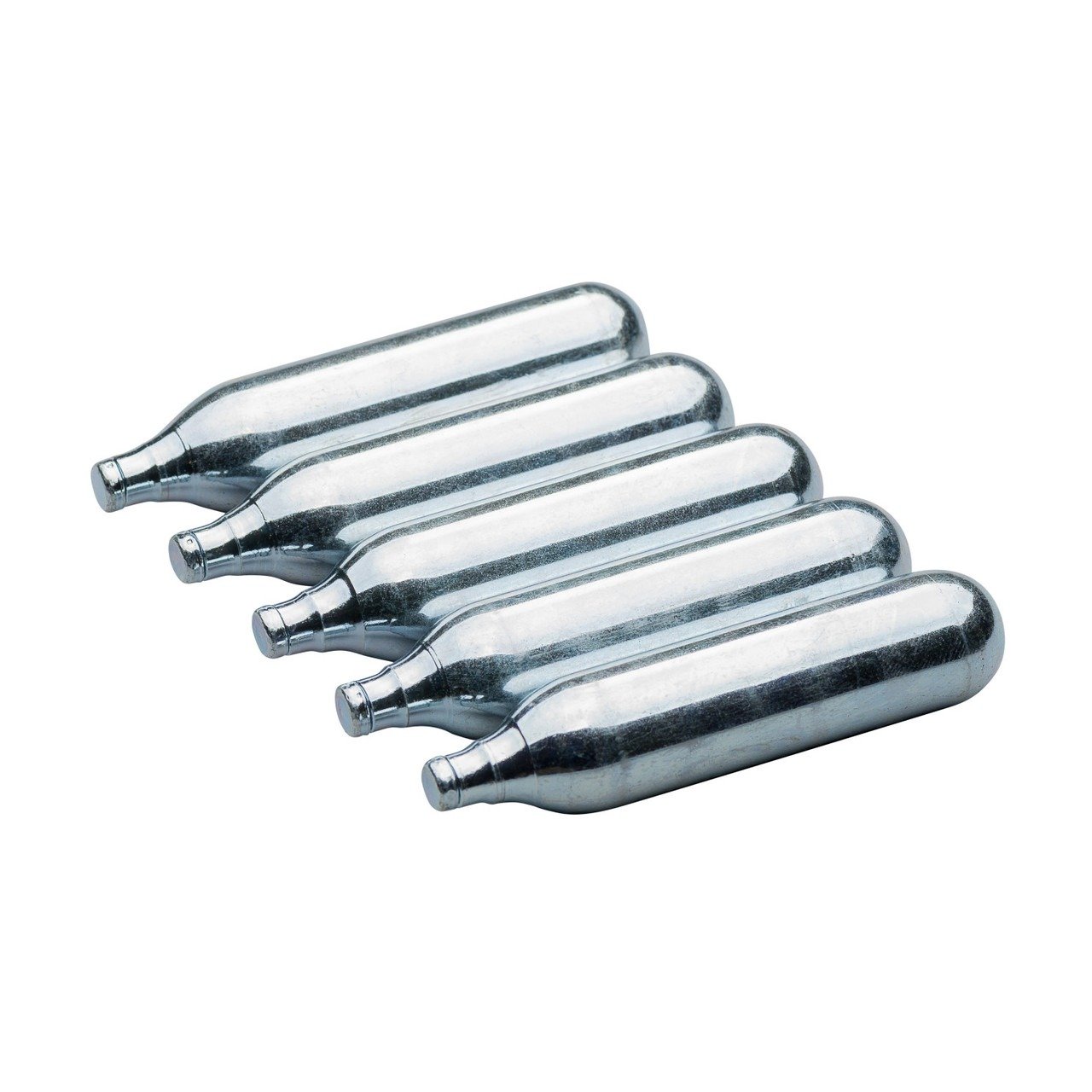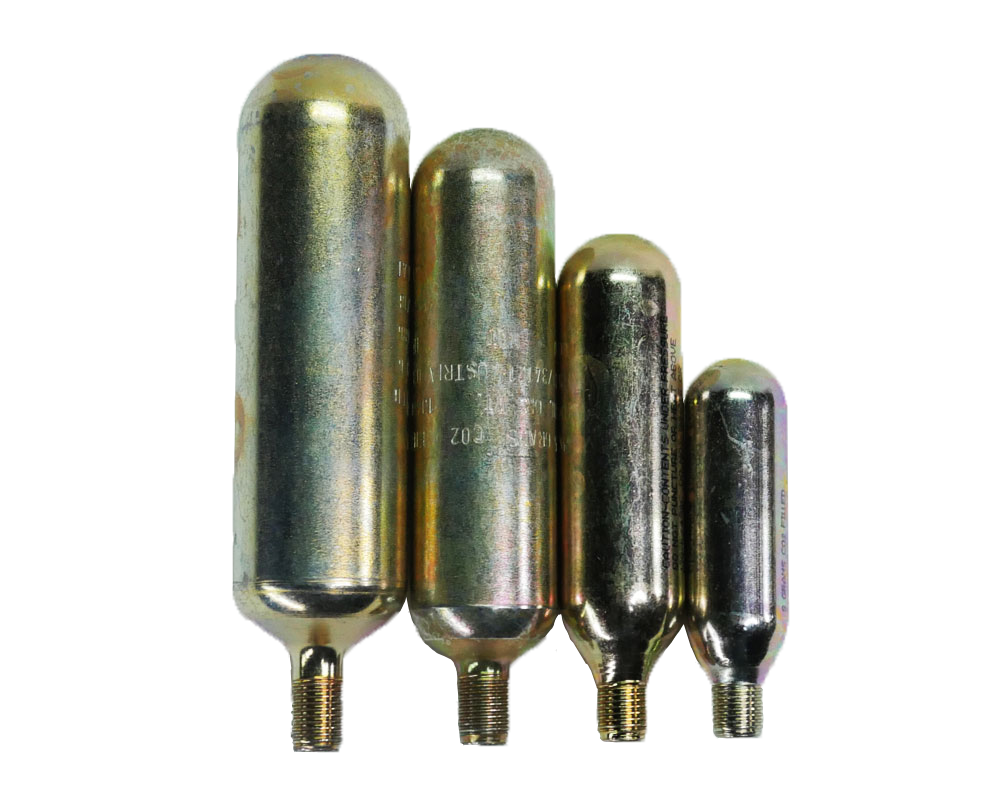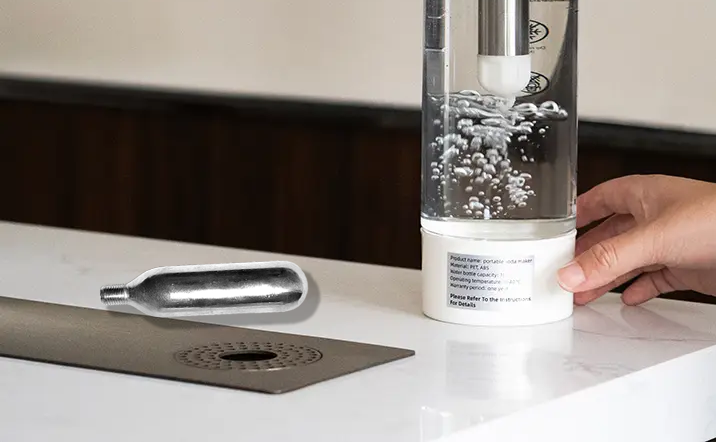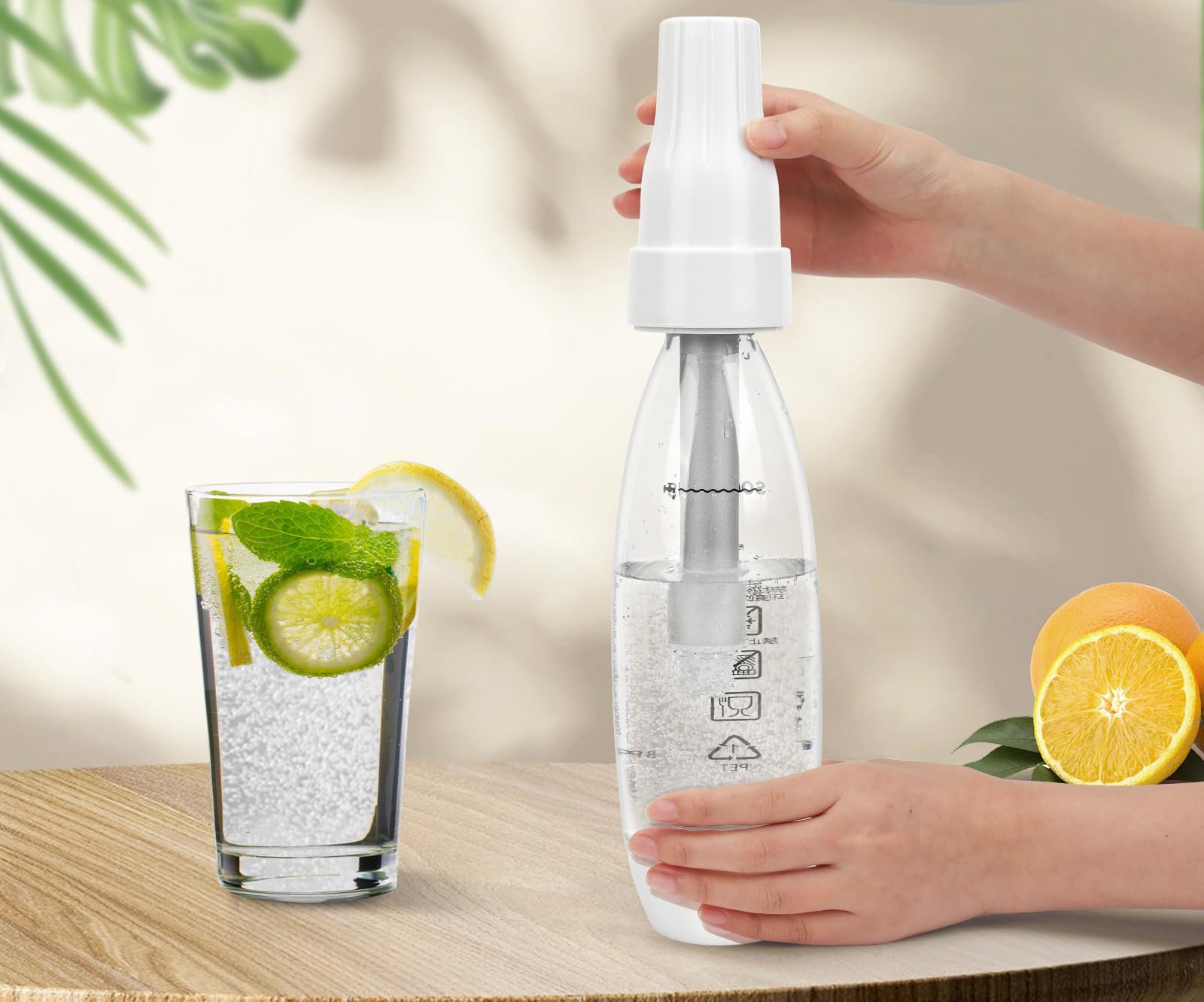Ever opened a bottle of wine and found it tastes dull hours later? That’s oxidation spoiling your wine—and your enjoyment.
Argon is superior to CO2 for preserving wine because it’s heavier than oxygen, forming an invisible, inert barrier that protects aroma and taste—without altering them.
Most people assume CO2 does the job. But for wine lovers, compromised taste means wasted bottles. Let’s see why argon truly wins.
What Happens When Wine Meets Oxygen?
When wine is exposed to air, oxygen reacts with wine compounds. That leads to browning, loss of aroma, and flat, stale flavors—often within hours.
Oxidation: The Wine’s Enemy
- Chemical Reaction: Oxygen transforms ethanol into acetaldehyde, changing taste and smell.
- Time Scale: Noticeable changes in just 6–12 hours.
- Visible Signs: White wine getting cloudy or yellow; red turning brick-like; aromas fading.
| Sign | Description |
|---|---|
| Color Change | White turns yellow-brown; red dulls |
| Aroma Loss | Fruit notes fade away |
| Off-Flavors | Wine tastes flat, bitter, or sour |
The process of oxidation is natural, but it can ruin the delicate balance winemakers worked hard to achieve. That’s why preservation methods matter so much in both home and professional settings.

Why CO2 Is Not Ideal for Wine Preservation
CO2 may seem like a good option, but it falls short for wine.
- Density Issues: CO2 is denser than oxygen—but not dense enough to fully displace it. Argon, by contrast, creates a more effective shield.
- Carbonation Risk: CO2 can dissolve into the wine, creating unwanted fizz or altering texture.
- Taste Impact: Carbonic acid may subtly shift the flavor profile.
CO2 Works Better in Beer and Soda
CO2 has an important role in beverages like beer and soda, where bubbles and acidity are desired. But in wine, those same effects are negative. Wine requires stability, not sparkle. That is why sommeliers and winemakers rarely recommend CO2-based preservation methods.
How Argon Creates a Perfect Wine Shield
Ever wished for an invisible shield to keep wine as fresh as when opened? Argon does exactly that.
- Heaviest Gas: Argon is heavier than both oxygen and CO2, so it naturally settles on the wine surface, keeping air out.
- Chemically Inert: Argon doesn’t react with wine—no scent, taste, or pH change.
- Proven by Experts: Wine professionals and systems like Coravin rely on pure argon to preserve wine for days—even weeks or months.
A trusted industry source, WineEmotion, highlights how argon creates a neutral, inert barrier that prevents oxidation without affecting wine quality. To see how this works in practice, explore our argon wine gas cylinders made for professional and home use.
| Feature | CO2 | Argon |
|---|---|---|
| Relative Density | Medium | High (forms better barrier) |
| Chemical Behavior | Reactive (carbonic acid) | Inert (no taste/chemical change) |
| Flavor Impact | Can alter texture/flavor | Minimal to none |
| Real-world Use | Beer, carbonation | Wine preservation (trusted) |

Why This Matters for B2B Buyers
For restaurants, hotels, and wine distributors, waste from spoiled wine means lost profit. Using argon-based systems can extend the shelf life of opened bottles, reduce waste, and keep customers satisfied with every pour. For wholesalers and suppliers, offering argon solutions shows commitment to quality and innovation.
Conclusion
Argon preserves opened wine without compromise: no fizz, no oxidation, just pure, fresh taste—longer.

